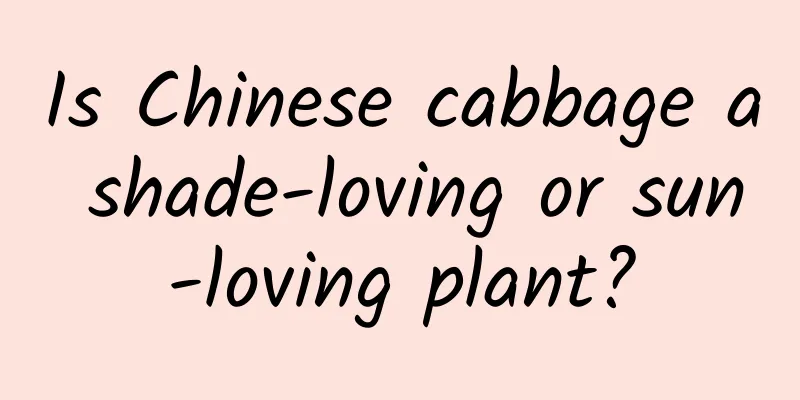There are several varieties of avocados, and the differences between different varieties of avocados

1. Variety introduction1. Mexican: The leaves of Mexican avocados are relatively small, oblong in shape, pointed at both ends, and have a fennel flavor when rubbed. Its fruit is not big, the skin is very thin and the surface is relatively smooth. It usually takes 6-8 months for the fruit to mature after flowering and it has a relatively high oil content. This series has strong cold resistance and is resistant to light frost, and can even withstand temperatures as low as -7-8°C. The main varieties are green and purple. In addition, there are other excellent varieties such as Duke, Gant, Mexicana, and Topatopa. 2. West Indian: The leaves of West Indian avocados have no fragrance and are yellow-green in color. Its skin is also smooth, usually leathery, relatively soft, and can be easily separated from the flesh. Because there are many varieties, the sizes of the fruits vary, with the small ones weighing only 100 grams and the large ones weighing up to 1,000 grams. It has poor cold tolerance and can only be grown in tropical low-altitude areas. Common varieties include Harry Early, Big Green, Pollock, and Walding. 3. Guatemala: The leaves of Guatemala avocados are relatively large and green in color, and they also have no anise flavor. Their fruits are larger than those of Mexican avocados, the skin is relatively rough, the seeds are also large, and their cold resistance is between the two. The main varieties include Taft, Harman and Donard, etc. 2. Variety DifferenceFrom the perspective of planting areas, the Mexican series has strong cold resistance and can be planted in northern areas, while the West Indian and Guatemalan series can only adapt to tropical climates. In addition, the leaves of the Mexican variety have a unique anise flavor, which the other two types do not have. However, the fruits of this variety are not large, and the weight of a single fruit is not as good as that of the other two varieties. The skin of the West Indian variety is relatively smooth, while the skin of the Guatemalan variety is rough, so the two are relatively easy to distinguish. |
<<: Is avocado a fruit? What does an avocado look like?
>>: Side effects and contraindications of honeysuckle, functions of honeysuckle
Recommend
How to grow Dendrobium to bloom
Dendrobium orchid blooms Dendrobium has a relativ...
Cutting propagation method of purple leaf Oxalis
Cutting propagation time Purple-leaved sorrel can...
How to propagate hibiscus
1. Seeding method Its seeds are very hard, so the...
Four methods of propagating summer sweet
The sowing propagation method of summer plum The ...
How to change the soil of potted plants and the time and method of changing the soil
When to change the soil for potted plants The soi...
What is red vegetable?
What is red vegetable? Red cabbage is a commonly ...
Can milk be used to water evergreen? The correct way to water evergreen with milk
Milk pouring on Dieffenbachia Milk cannot be used...
Is it better to grow chrysanthemum in a large or small pot?
It is more suitable to use hanging pots for maint...
Can summer black grapes be grown in the north?
Can summer black grapes be grown in the north? Su...
When do winter bamboo shoots begin to grow and be harvested?
In which month are winter bamboo shoots usually a...
What is the best month to sow celery?
Celery is a common vegetable on people’s tables. ...
Can evergreen be propagated by cuttings? In which month is it best to propagate by cuttings?
Can evergreen be propagated by cuttings? Wan Qing...
What to do if the orchid seedlings are weak (introduction to the method of rejuvenation of introduced seedlings)
1. Precautions for introduction When introducing ...
What season is suitable for planting zinnia? Can it be sown all year round?
Zinnia likes places with plenty of sunlight. Befo...
When is the best time to sow poppy seeds?
Poppy seed sowing time There are usually two sowi...









